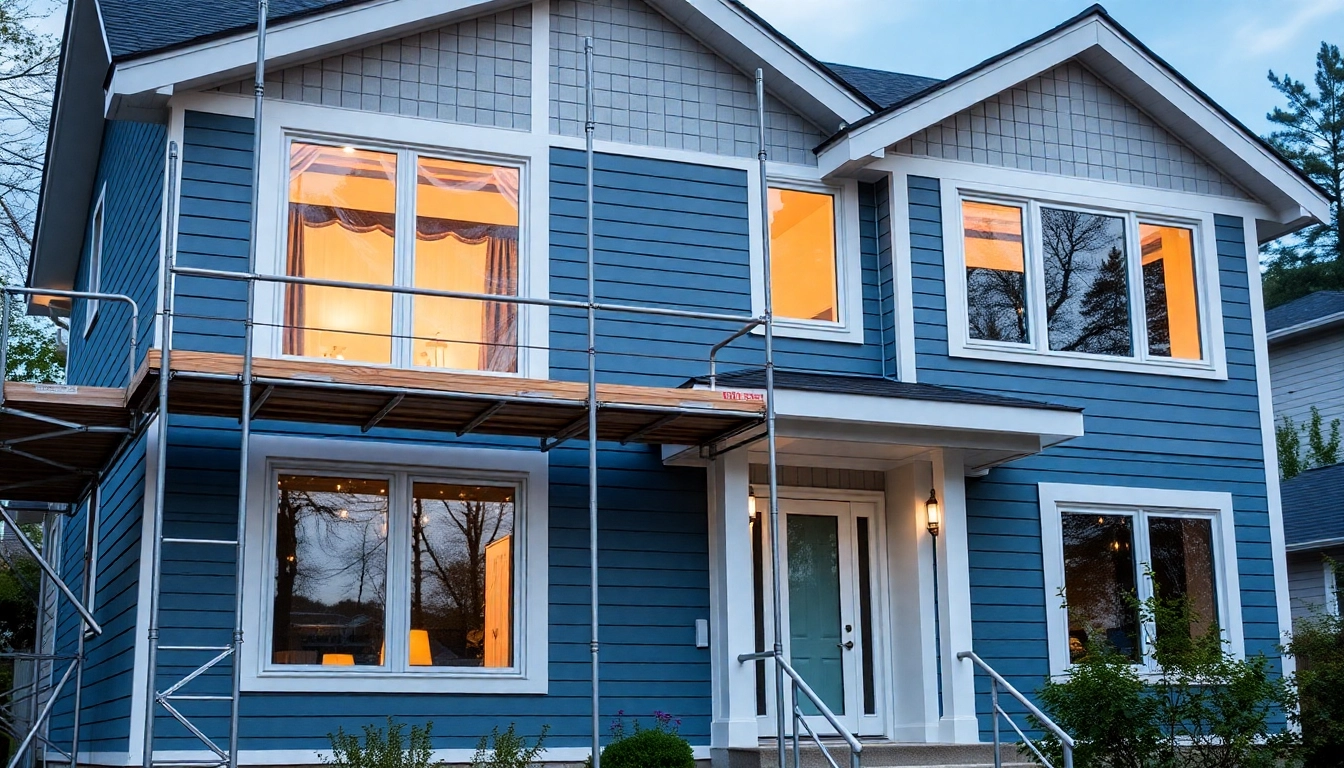The Basics of Insurance Roofing Claims
Understanding the ins-and-outs of insurance roofing claims help is crucial for homeowners. When your roof sustains damage, the process of filing a claim can feel overwhelming. This information-rich guide aims to clarify the essential aspects of roofing insurance claims, equipping homeowners with the knowledge they need to navigate the process confidently.
Understanding Policy Coverage
Before filing a claim, it’s important to understand your homeowner’s insurance policy. Not all insurance policies cover roof damage, and the terms can vary widely between providers. Generally, coverage can include damage caused by natural disasters, such as storm damage, hail, or fire. Understanding the extent of your coverage, including the terms for repairs versus total replacement, is crucial. Be sure to review:
- Types of damage covered: Most policies cover weather-related damage but may not cover wear and tear or neglect.
- Deductibles: Know how much you’ll need to pay before your insurance kicks in.
- Policy limits: Understand the maximum amount your insurance will cover for repairs or replacements.
Key Terms Every Homeowner Should Know
Familiarizing yourself with specific insurance terminology can enhance your understanding of the claims process:
- Replacement Cost Value (RCV): The full cost to replace your damaged roof with materials of similar kind and quality.
- Actual Cash Value (ACV): The value of your roof at the time of loss, considering depreciation.
- Exclusions: Specific situations or damages that are not covered by your policy.
- Adjuster: An insurance company representative who evaluates the damage and determines the claim amount.
Steps to Assess Your Roof’s Damage
Assessing damage accurately is essential for a successful claim. Here are the steps you should follow:
- Conduct a visual inspection: Look for missing, cracked, or curled shingles, sagging areas, or leaks inside your home.
- Document your findings: Take comprehensive notes and photographs of the roof to provide clear evidence of damage.
- Check for mortgage requirements: If you have a mortgage, review any specific requirements related to insurance claims.
- Consider professional inspections: Hiring a roofing contractor can provide a professional assessment which adds credibility to your claim.
Filing an Insurance Roofing Claim
Once damage has been assessed, it’s time to file an insurance claim. Here’s how to navigate the process efficiently:
How to Document Damage Effectively
Documenting damage is a critical part of the claims process. Here are some best practices:
- Photographic Evidence: Take clear, dated photographs from multiple angles to illustrate the extent of the damage.
- Written Description: Write a detailed account of the damage and any contributing factors, like storms or natural disasters.
- Repair Estimates: Obtain written estimates from licensed roofing contractors; this aids in substantiating your claim.
Common Mistakes to Avoid
Several pitfalls can hinder your claim, including:
- Waiting too long: File your claim promptly as many policies have specific timelines to initiate claims.
- Neglecting to document: Failing to accurately document damage can lead to denied claims.
- Overlooking policy details: Ensuring you’re aware of your coverage limits and exclusions is critical.
Understanding Deductibles and Limits
Knowing your deductible is integral. A deductible is the amount you need to pay out-of-pocket before your insurance starts contributing. Consider these factors:
- Compare the deductible to the estimated repair costs; this can affect your decision to file a claim.
- Understand how limits are set in your policy, including any caps on roof-related claims.
The Role of Insurance Adjusters
After you file a claim, an insurance adjuster will assess your roof’s damage. Understanding their role will prepare you for what comes next.
What to Expect During an Adjustment
Adjusters will perform a thorough evaluation of the damage. Expect them to:
- Inspect the roof and assess all areas that need repair or replacement.
- Review your documentation and photographs along with the repair estimates provided by contractors.
- Take their own notes and evidence, which may affect the claim decision.
Preparing for the Adjuster’s Visit
Preparation is key to ensuring the process goes smoothly:
- Have all documentation organized and readily available.
- Be present during the inspection to discuss damage findings and answer any questions.
- Clearly communicate any additional concerns you may have related to the roof’s condition.
How Adjusters Evaluate Damage
Adjusters will evaluate the extent of damage using a combination of visual inspections and repair estimates, focusing on:
- The severity and location of damage (e.g., weather-related versus wear and tear).
- Comparing the damage to policy coverage and standards for local building codes.
Disputing a Claim Denial
In some instances, a claim may be denied. Understanding the steps to dispute a denial can help homeowners recover losses.
Steps to Take if Your Claim is Denied
If you receive a claim denial, do not panic. Follow these steps:
- Review the denial letter: Understand the reasons for the denial to address them adequately.
- Contact your insurance provider: Call to discuss the specifics and gather further information.
- Request a reevaluation: If justified, ask for the claim to be reevaluated, highlighting any oversight.
Gathering More Evidence
Compiling additional evidence could include:
- Collecting more photographs or witness statements regarding the damage.
- Getting additional quotes or assessments from different roofing contractors.
- Creating a well-organized claim file that includes all communications with your insurance company.
Working with a Public Adjuster
If you find disputes challenging, consider hiring a public adjuster. They can:
- Advocate on your behalf with the insurance company.
- Help maximize the amount you recover based on their industry experience.
After the Claim: What Comes Next?
Once your claim has been approved, it’s vital to ensure repairs are managed correctly and efficiently.
Coordinating Repairs with Contractors
Effective communication with your chosen contractor is essential:
- Provide them with copies of the insurance documentation for reference.
- Set timelines and ensure they understand your expectations regarding quality and deadline.
Tracking Your Claims History
It’s wise to maintain a record of any claims you’ve filed, including:
- Documentation regarding repairs and expenses undertaken.
- Any correspondence with insurance providers, as this can help in future claims.
Planning for Future Roof Maintenance
To prevent future damage and claims, consider routine inspections and maintenance such as:
- Regular roof cleaning to remove debris and buildup.
- Inspecting for leaks and repairing them promptly.
- Scheduling professional inspections every few years to catch issues early.
In conclusion, understanding the insurance roofing claims process is crucial for homeowners facing damage. Being proactive and knowledgeable can make a decisive difference in successfully navigating claims and ensuring your roof is well-protected for years to come.



